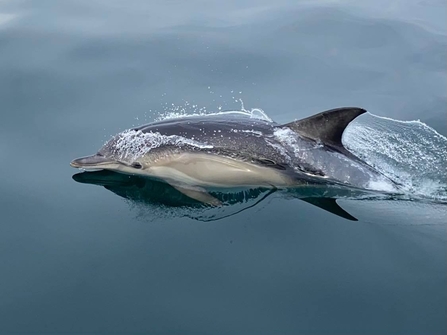Three new HPMAs, the first ever - will help our diminishing seas, but we need far more. Currently, we have a network of Marine Protected Areas, covering 40% of English seas, but these designations do not automatically prevent damaging activity. Many of these precious places act as multi-use areas, where commercial fishing, offshore development and cabling are all allowed.
Highly Protected Areas are a new type of marine designation designed to allow marine life to recover. In short, if it’s in the HPMA it’s protected. This includes the seabed, water column and the sea surface. By giving special areas the best possible protection, they’ll benefit nature, people and the climate too. All damaging activities, such as fishing, construction, digging and similar activities are banned in HPMAs. But don’t worry, they are not ‘no-go zones’ - we can still enjoy these special places through all non-damaging activities, such as swimming, kayaking, scuba diving and surfing.



